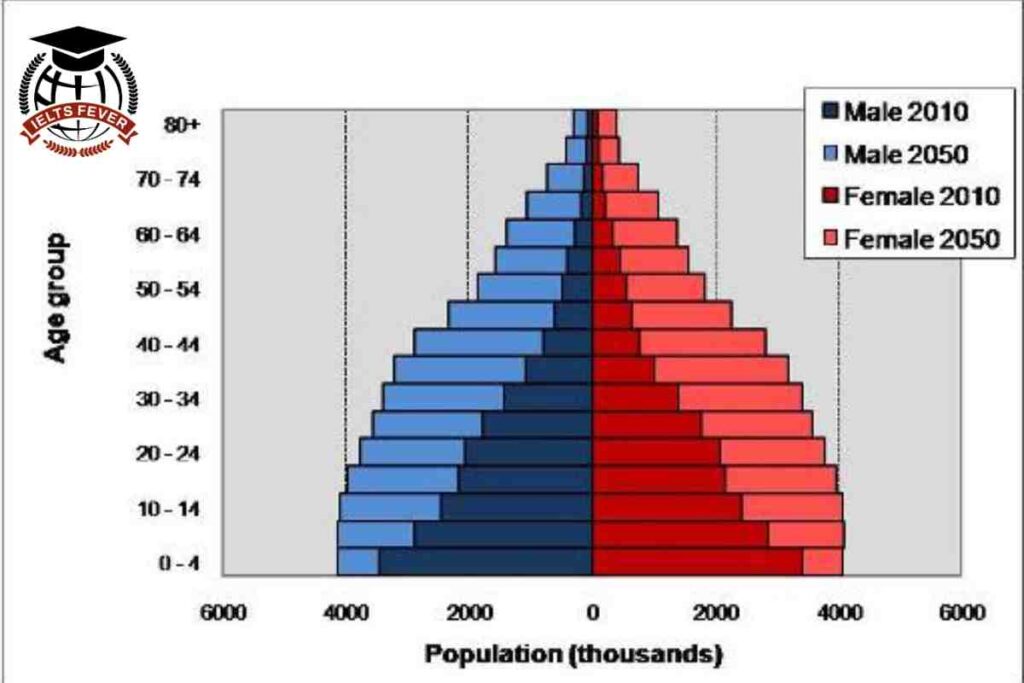Figures show that some countries have an ever-increasing proportion of the population who are aged 15 or younger. What do you think are this trend’s current and future effects on those countries?
Sample Answer: Figures Show that Some Countries Have an Ever-Increasing Proportion
Some demographic surveys 📊 have shown that the proportions of young people 👶 are rising rapidly 📈. This may be because of illiteracy 📚, poverty 💸, wars ⚔️, or other reasons. This essay shall delve into this trend’s immediate and long-term effects on those countries 🌍.
Such a trend’s most important current impact would be on the national economy 💰. For instance, goods and services would need to be imported 🛳️, leading to an unstable economy 📉. However, the future effect would be different as more people within the country need employment 💼. Then, the problem of unemployment might arise 😟.
In addition to the economic effects, there would be social implications 👥. The government will have to invest a lot in educational institutes 🏫 as more children need more schools and colleges 📚. In addition, more spending on health would also be needed 🏥. The long-term result would be that the education and health infrastructure would be well developed 🏗️.
If the government carefully manages such a situation, for instance, by providing good education and health facilities 🎓💊, then the future outcomes could be quite positive 🌟. The society would be younger and more vibrant 🎉. The culture of those countries would be more fast-paced than the traditional culture 🏃💨.
To put it in a nutshell, I pen down saying that the culture and lifestyle of these countries would be transformed if the population were younger 🔄. Fresh opportunities and challenges would both be on the way 🚀. The trend would cause multiple possible effects, and these countries should strengthen their education and health infrastructures to overcome its negative influence 🛡️.

